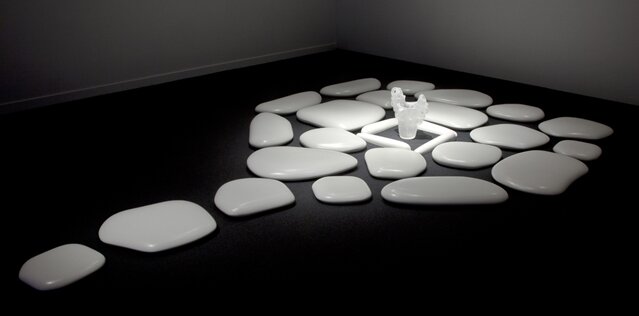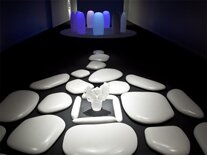

ART/CULTURE
Mariko Mori's Rebirth
When you hear the name Mariko Mori, the first thing that might come to mind are her significant series of futuristic and space-inspired installations. But Rebirth, her recent show at Japan Society, proved that her world has expanded into different spaces, literally and figuratively. We also learned a lot about the FAOU Foundation, a not-for-profit entity she founded in 2010 with an ambitious goal to create a series of site-specific art installations on six habitable continents. Here’s a conversation we had recently with Mariko Mori.



RSS Feed